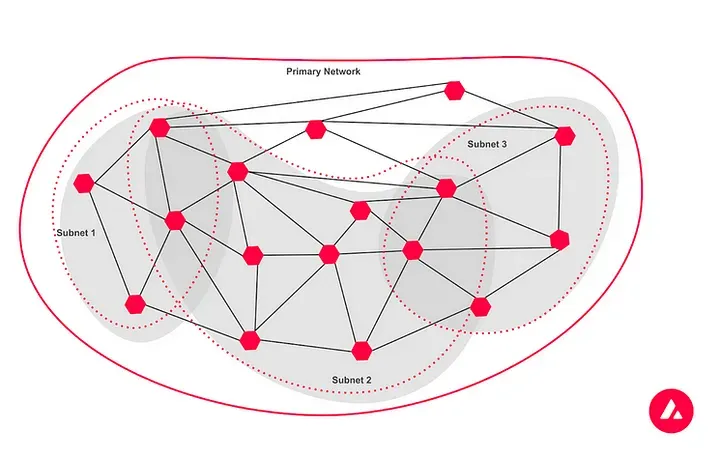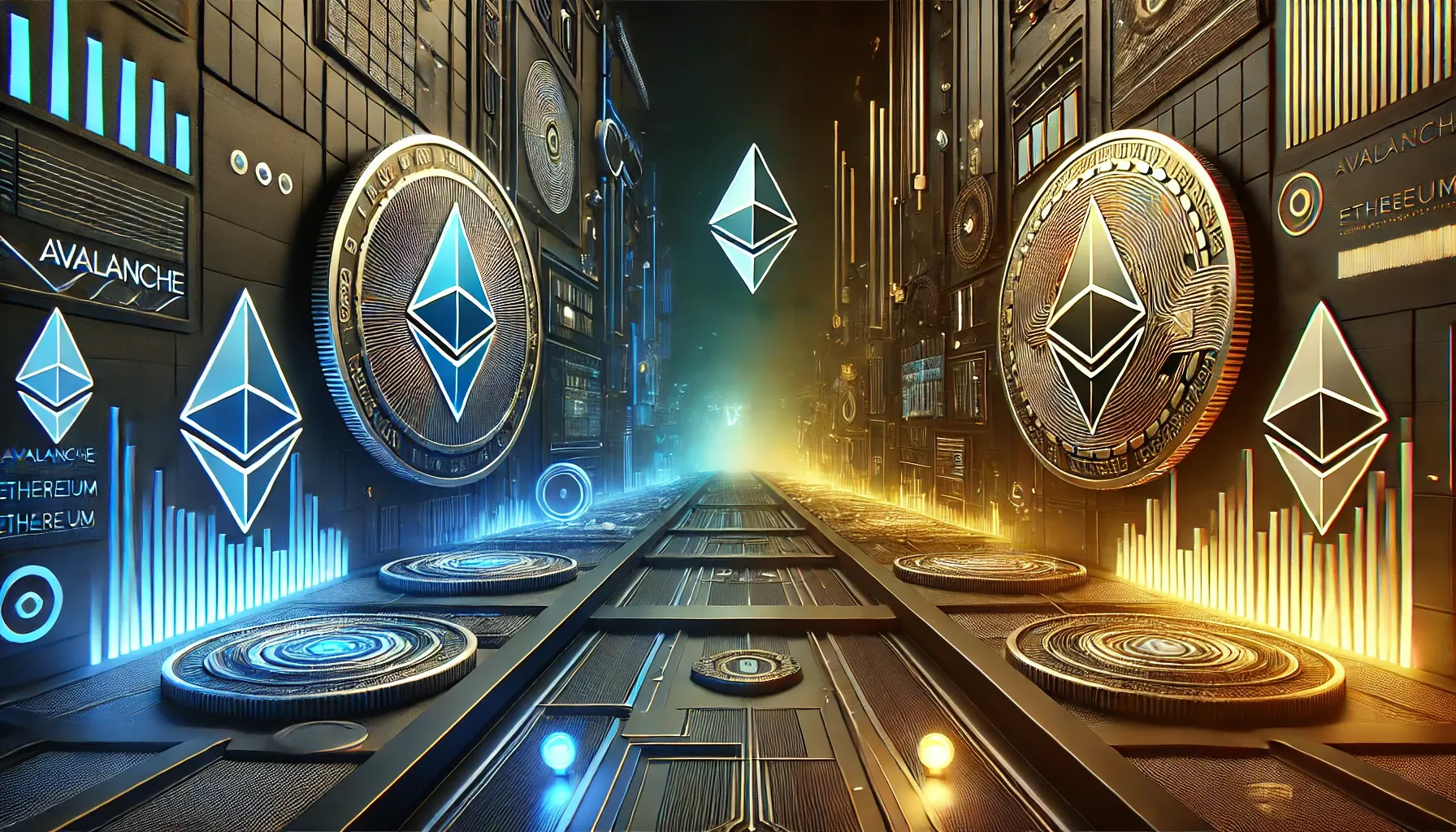If you've been following the cryptocurrency world, you've likely heard of Avalanche. But what is it really? Why is it called the "Ethereum killer"? In this article, we'll take you through everything you need to know about Avalanche, its technology, the AVAX token, and how it compares to Ethereum. Get ready to discover a new world in blockchain technology.
What is Avalanche?
Avalanche is an open-source blockchain platform that enables developers to create and deploy decentralized applications (dApps) and decentralized finance (DeFi) solutions. Its goal is to provide a faster, more efficient alternative to Ethereum, allowing for quicker transactions and lower fees.
History and Origins
Avalanche was launched in September 2020 by a team of developers led by Emin Gün Sirer, a well-known researcher in the cryptocurrency field. Since its launch, it has quickly gained popularity and attracted numerous projects and developers.
How Avalanche Works
Avalanche is based on an innovative approach that combines different consensus mechanisms to achieve high scalability and speed. Below, we’ll explore the key components that make Avalanche unique.
1. Three-Chain Architecture
Avalanche uses a three-chain architecture:
- X-Chain: The exchange chain, which allows for the transfer of assets and the creation of new tokens.
- C-Chain: The smart contracts chain, where Ethereum-compatible smart contracts are executed.
- P-Chain: The platform chain, which coordinates validators and manages the network.

2. Consensus Mechanism
Avalanche utilizes a consensus mechanism called "Avalanche Consensus." This mechanism allows network nodes to confirm transactions quickly and efficiently. Instead of waiting for all nodes to verify a transaction, Avalanche enables a group of nodes to perform validation simultaneously, significantly reducing confirmation times.
3. Scalability and Speed
Avalanche prides itself on offering transactions with confirmation times of just seconds. Thanks to its architecture and consensus mechanism, it can handle thousands of transactions per second, making it extremely competitive against Ethereum.

AVAX Token
AVAX is the native token of the Avalanche network. It is used to pay transaction fees, participate in network governance, and secure the functioning of the system through validation.
Uses of AVAX
- Transaction Fees: Every time you perform a transaction on the Avalanche network, you need to pay a small amount of AVAX as a fee.
- Staking: Users can "stake" (or participate) their AVAX tokens to become validators and earn rewards.
- Governance: AVAX holders have a voice in network decision-making, such as upgrades and improvements.
Why Is It Called the "Ethereum Killer"?
The comparison between Avalanche and Ethereum arises from several key reasons:
1. Scalability
Ethereum has faced scalability issues as more users and applications join the network. This has resulted in longer wait times and higher transaction fees. Avalanche, on the other hand, promises fast transactions and low fees.
2. Smart Contracts
Avalanche is compatible with Ethereum's smart contracts, allowing developers to migrate their applications to Avalanche without rewriting their code. This has attracted many developers seeking a more efficient solution.
3. Growing Ecosystem
Avalanche has seen rapid growth in its ecosystem, with numerous DeFi projects and dApps choosing to build on its platform, reinforcing its position as a direct competitor to Ethereum.
Key Differences Between Avalanche and Ethereum
1. Transaction Speed
Avalanche offers much faster confirmation times compared to Ethereum. This translates to a better user experience for those using dApps on the platform.
2. Transaction Fees
Fees on Avalanche are significantly lower than on Ethereum, especially during times of high congestion on the network.
3. Consensus Mechanism
While Ethereum currently uses a proof-of-work consensus mechanism (though it's moving to proof-of-stake), Avalanche employs its innovative consensus mechanism, allowing for greater efficiency.
Use Cases for Avalanche
Avalanche is not just an alternative to Ethereum; it also has its own set of use cases. Below, we’ll explore some of the most interesting applications built on its platform.
1. Decentralized Finance (DeFi)
Avalanche hosts several DeFi projects that enable users to lend, borrow, and trade assets without intermediaries. This includes decentralized exchange (DEX) platforms and lending protocols.
2. NFTs
Non-fungible tokens (NFTs) are also gaining traction on Avalanche. Developers can create and trade NFTs on the network, leveraging its low fees and speed.
3. Enterprise Applications
Avalanche offers tools for businesses to create custom solutions using its blockchain technology. This includes applications in supply chain management, identity management, and more.
Future of Avalanche
Avalanche is on an upward trajectory and promises to continue growing in the cryptocurrency space. With its innovative technology and focus on scalability, it is likely to keep attracting developers and users alike.
Challenges Ahead
However, Avalanche also faces challenges. Competition with Ethereum and other blockchains is fierce, and mass adoption will be key to its future success.
Conclusion
Avalanche represents an evolution in blockchain technology, offering a robust alternative to Ethereum with its fast speed and low fees. With a growing ecosystem and an active community, it is well-positioned to play a significant role in the future of cryptocurrencies.
Now that you understand what Avalanche is and how it works, do you have any questions or comments? Feel free to leave them below, and I'll be happy to help!
